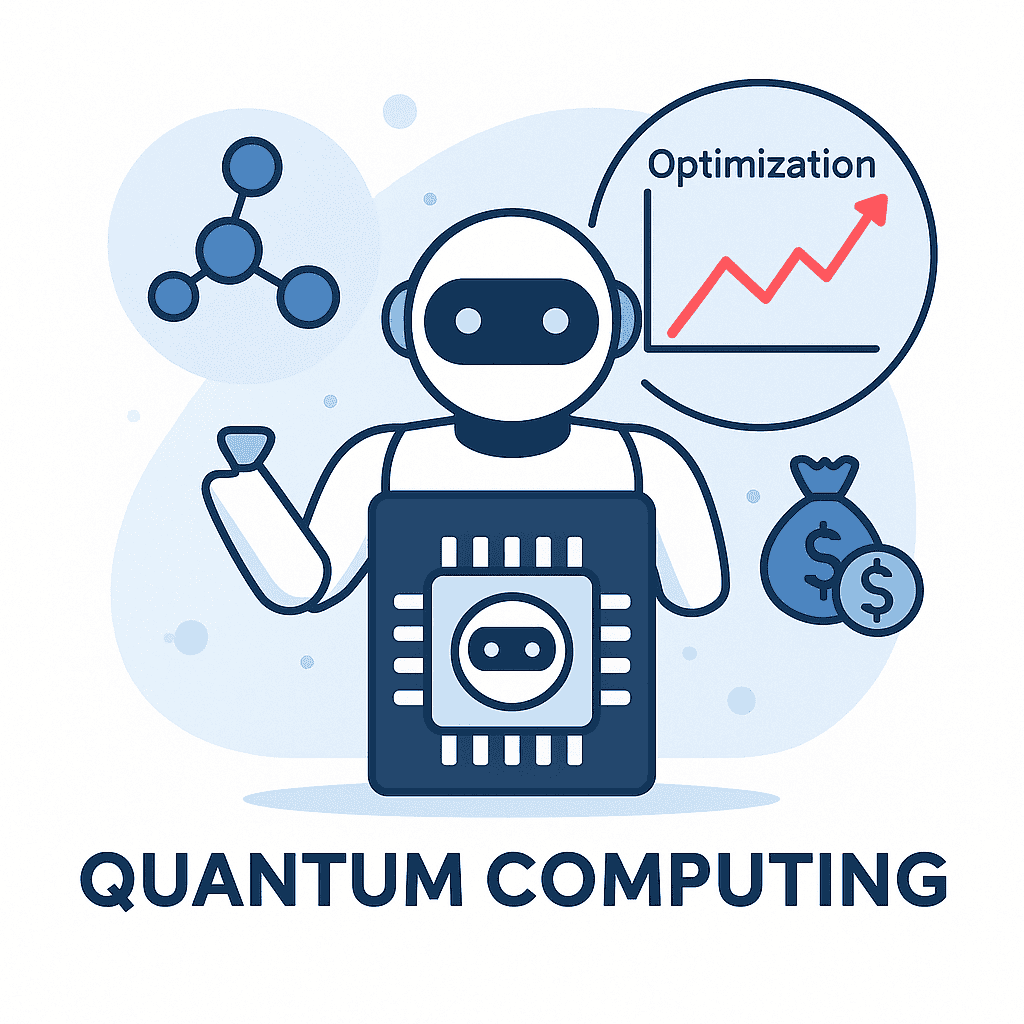
Quantum computing has shaken headlines for years but now, we’re seeing the first glimmers of real-world applications. Major cloud providers and startups are moving beyond theory into pilot programs that deliver tangible benefits.
What’s New in Quantum Tech?
Universal quantum processors from IBM and others are entering beta testing with a growing user base. Hybrid quantum-classical algorithms (like VQE and QAOA) are starting to show early gains in materials science and optimization use cases.
Breakthrough Use Cases
Drug Discovery: Quantum simulations are enabling better modeling of molecular interactions potentially accelerating early-stage drug design.
Finance & Risk Analysis: Quantum-aided optimization algorithms are helping banks simulate portfolios more effectively.
Logistics & Supply Chain: Complex routing and scheduling problems are getting faster, more accurate quantum-assisted solutions.
Challenges to Watch :
Hardware Limitations: Quantum bits (qubits) remain fragile; coherence times and error rates are still issues.
Specialized Talent: Developing effective quantum algorithms requires rare expertise though educational initiatives are ramping up.
Cost & Access: Quantum cloud services are expensive and often early-stage; most ventures run as pilots for now.
Why It Matters
Even partial successes like solving small-scale optimization tasks offer proof that quantum advantage might be coming sooner than expected. Forward-thinking enterprises are already investing to avoid future disruption.
Looking Ahead
In the next few years, we can expect:
-
More accessible quantum-as-a-service tiers, including trial credits.
-
Hybrid platforms blending classical and quantum processing for practical workloads.
-
Growing developer ecosystems and quantum algorithm marketplaces.
Conclusion
Quantum computing isn’t just academic anymore it’s edging into commercial viability. By partnering with academic labs or experimenting via cloud trials, companies can stay ahead of the curve without overinvesting. It’s time to explore what quantum might do for you.



